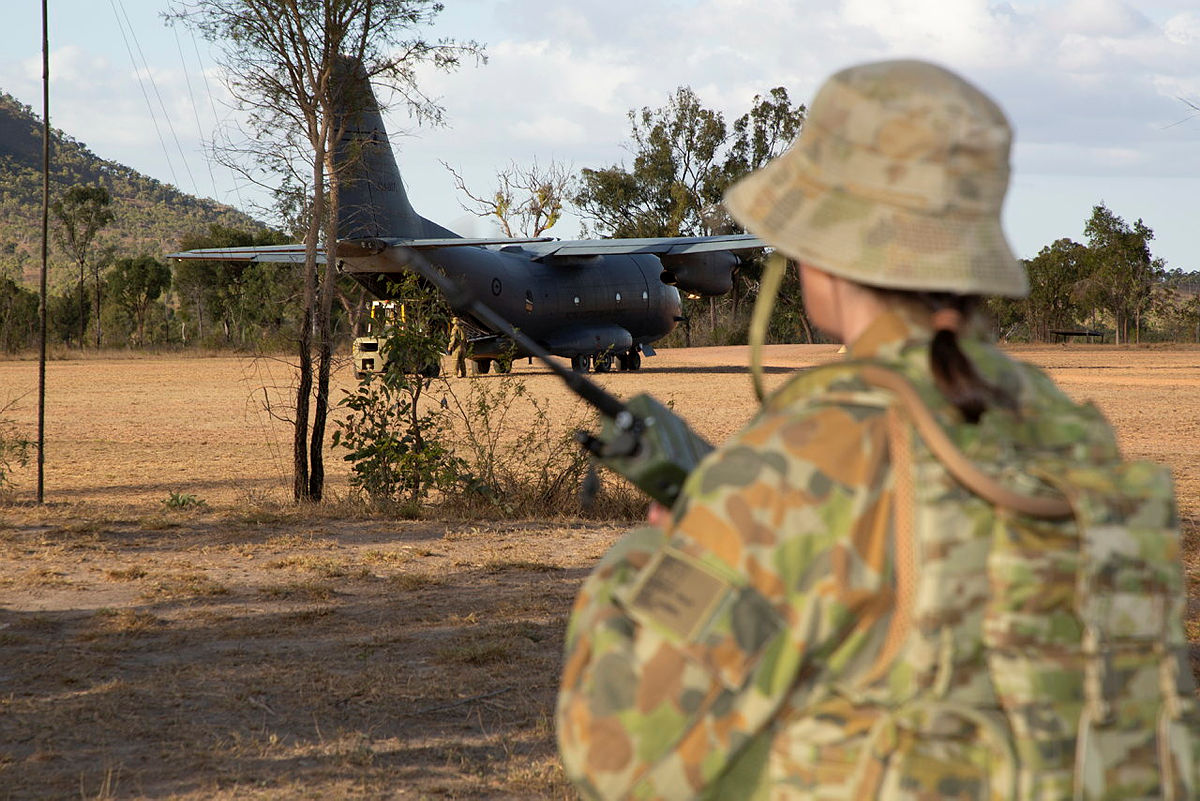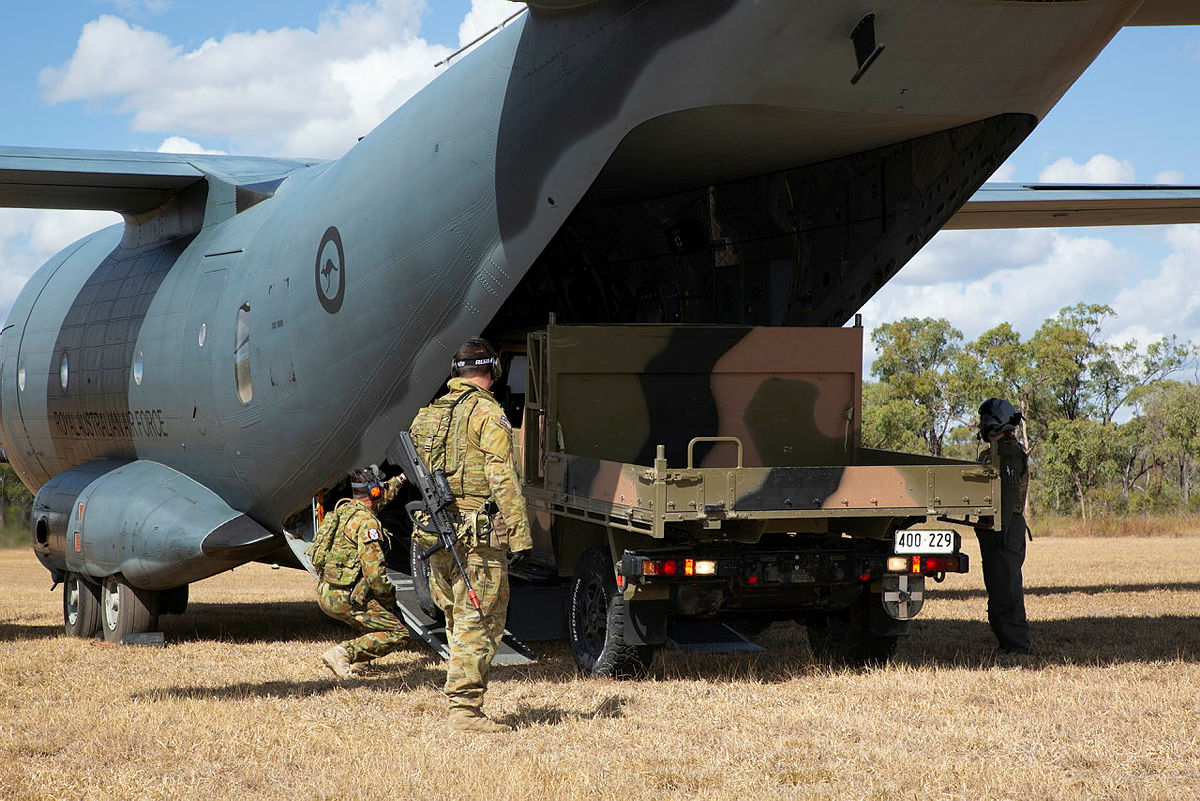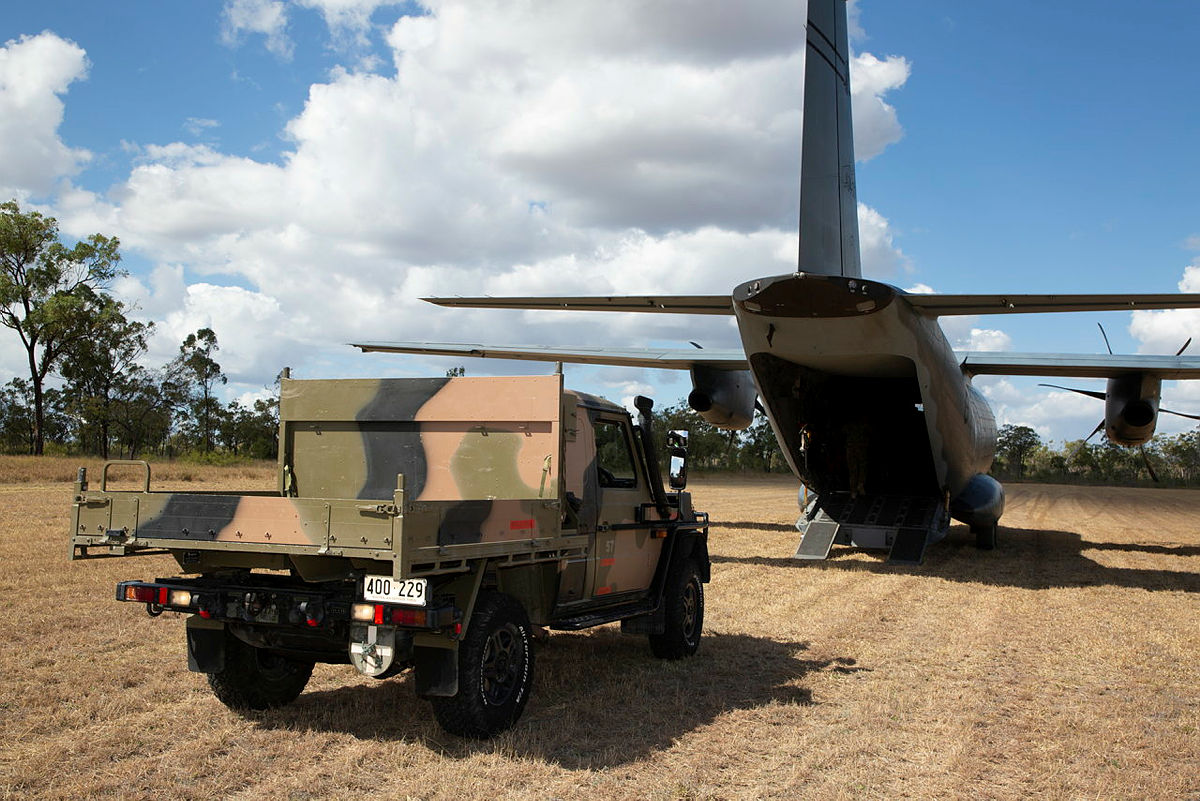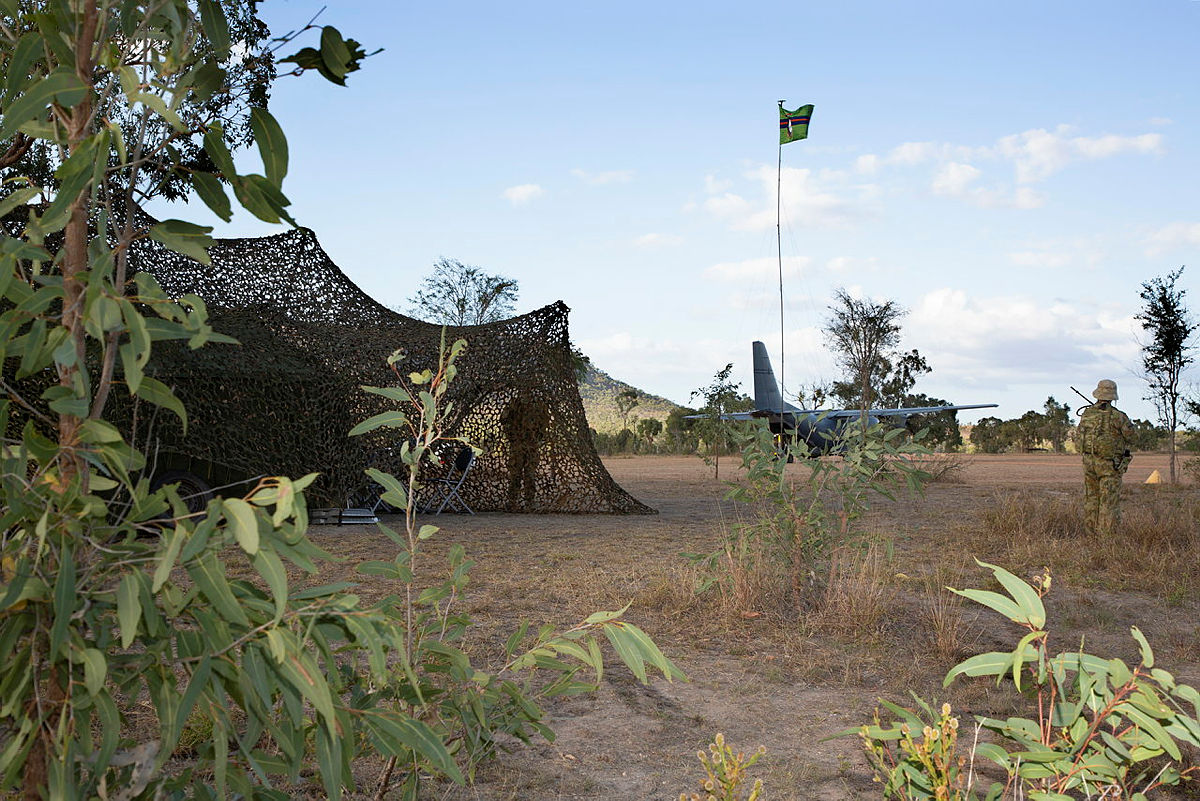The Royal Australian Air Force deployed C-27J Spartan aircraft and personnel from RAAF Base Amberley to participate in Exercise Ready Spartan Prove (RSP) in Townsville Queensland from 10 – 18 September 2020.
No. 35 Squadron and No. 383 Squadron operated at austere airfields in a simulated uncertain security environment to practice operational integration.
This included flying from RAAF Base Townsville and establishing deployed airbase infrastructure at the Benning and Macrossan Airfields, approximately 100km inland.
The exercise tested both Squadron’s abilities to integrate with the battle rhythm, information structure and planning products typical of a combined air operation.
According to an article published by Australian Defence Business Review on September 24, 2020:
The RAAF’s C-27J Spartan battlefield airlifter capability has recently been put to the test in an exercise as it seeks to recover from a period of low aircraft availability and missed project milestones.
Exercise Ready Spartan Prove (RSP) was conducted from September 10-18. 35SQN deployed to RAAF base Townsville in Queensland and conducted operations at austere inland airstrips to test the unit’s ability to integrate with the battle rhythm, information structure, and planning products typical of a joint operation.
The exercise saw 35SQN operate on what was basically an operational footing, including aircrews wearing body armour, carrying sidearms, and performing realistic pre-mission tactics briefings. It also worked closely with Townsville’s contingency response unit, 383SQN, which provided ‘adversary’ support to exercise the aircrews’ search, evade, resist, and escape (SERE) training through a series of drills.
“The C-27J is well known for its humanitarian aid and disaster relief efforts,” 35SQN B-Flight commander, SQNLDR Justin Della Bosca said in an ADF news release. “RSP is a ‘home-grown’ exercise, planned by 35SQN members with 383SQN to demonstrate that the aircraft, aircrew and support teams are prepared to respond to the full spectrum of government-directed tasks in future.
“The key training objectives for this exercise include testing agile basing operations and C-27J operations in uncertain security environments,” he added. “This week we have seen self-protection countermeasures loaded into the C-27J by 35SQN’s maintenance teams and their subsequent use in the air, the carriage of a G-Wagen and combat offloads conducted to prove deploy ability, and improve interoperability between expeditionary combat support and tactical air mobility elements.”
The exercise is also being used to exercise the C-27J’s immature sustainment system which continues to fall short of providing budgeted aircraft availability.
The C-27J was placed on the government’s projects of interest watchlist – formerly the projects of concern list – in May 2020 after failing to meet key performance, availability, and project schedule milestones.
“At that time, further effort was required to deliver the electronic warfare self-protection (EWSP) system upgrades, a military type certificate (MTC) and to address long lead time spares delivery,” a Defence spokesperson told ADBR in a September 24 response to written questions. “A Military Type Certificate was subsequently issued in June 2020 (and) sustainment to the C-27J is maturing and showing signs of improvement.”
The aircraft’s capability steward Northrop Grumman Australia and original equipment manufacturer (OEM) Leonardo have reportedly had difficulty sourcing line-item spares for the aircraft and in developing a baseline configuration, meaning many of the aircraft have been unavailable while waiting for spares to be delivered or components repaired.
“C-27J availability – that is, aircraft not undergoing planned deeper maintenance – is currently below required targets,” the spokesperson said. “There has been an increased focus on the planning of scheduled servicing and modifications to the aircraft in order to optimise the aircraft availability. Further efficiencies have been achieved through initiatives in the management of maintenance resources. Additionally, there has been an increased emphasis in sourcing Australian industry support to reduce the turn-around times of unserviceable parts.
Defence has been working with industry and the OEM to improve spares availability in support of the aircraft,” they added. “The greatest impact will likely be achieved through refinement of the maintenance policy, which is currently being reviewed by Defence experts.
The RAAF expects aircraft configuration and availability to improve once all of the 10-strong fleet have undergone their first major service. “Defence has not as yet carried out all the applicable major servicing,” the spokesperson said.
“As these are conducted, Defence learns more about what is required in the support system, and is able to appropriately address any deficiencies as they occur. This in turn matures the sustainment system as we learn more about the aircraft. Concurrently, Defence and industry have implemented a number of initiatives to improve the sustainment system.”
The spokesperson noted that, “The strategic environment has changed significantly since project approval,” and that, “in the context of the 2020 Force Structure Plan, Defence is reviewing the role of the C-27J into the future…[which] will provide clarity on what capabilities need to be achieved for FOC, and subsequently when FOC could be declared.”
This is a not insignificant statement, perhaps hinting that additional capabilities not originally envisaged when the C-27J was selected for Project AIR 8000 Phase 2 in 2012 – such as secure datalink/SATCOM communications or additional sensors or EWSP capabilities such as those fitted to the RAAF’s C-130Js – will be added in order for the C-27J to achieve FOC.








